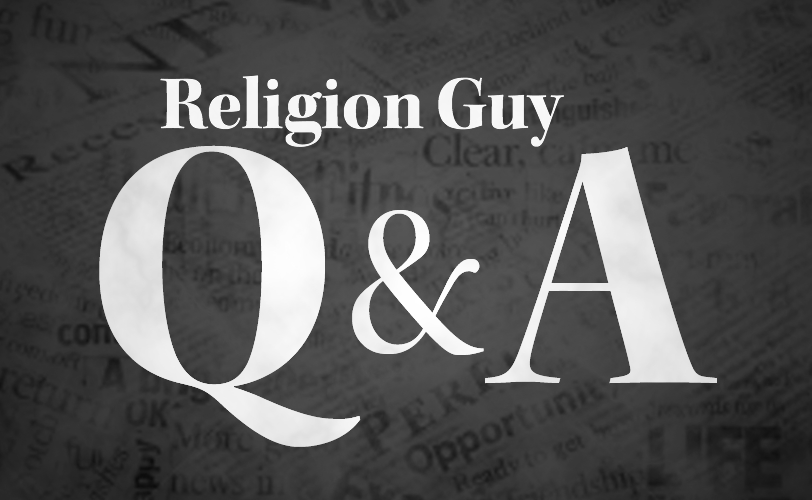
THE QUESTIONS:
Reviving big Catholic issues: Should priests be married? Should women be deacons?
THE RELIGION GUY’S ANSWER:
Those two epochal changes in Catholicism are posed to Pope Francis in the final report from an October synod for Catholic delegates representing South America’s Amazon region. Francis expects to issue his formal response in a pronouncement by the end of the year.
Catholics in that region can go for months, even years, without seeing a priest due to a severe shortage that is fostering evangelical Protestant inroads. Therefore the synod proposed that well-proven men (viri probati) be ordained as priests even if married, an experiment in bending the celibacy rule that liberals hope — and traditionalists fear — could spread elsewhere.
Partly for the same reason, the report also asked for renewed study of ordaining women as deacons, which Francis has already agreed to authorize, though delegates did not advocate this change. The synod also recommended a new recognized ministry of “woman community leader,” and urged more participation for women in church decision-making. (Only men were voting delegates at the synod, which women attended as consultants and observers.)
Female deacons would be revolutionary, and that change seems unlikely though not impossible. The celibacy that is mandatory for (most but not all) Catholic priests is considered a matter of discipline, not doctrine, and thus subject to change. Since celibacy has provoked so much discussion, and is the more likely to occur, The Guy treats that topic first.
The New Testament records that Peter, regarded by Catholicism as the first in the line of popes, was married. Jesus taught that some would choose to live as unmarried “eunuchs” for the sake of God’s kingdom (Matthew 19:12), and a biblical letter of Paul speaks of a “special gift” to remain unwed (1 Corinthians 7:1-9). For both, this was singleness chosen voluntarily by certain Christians, not a requirement for all those in ministry.
In early Christianity, the choice of celibacy became more widespread as clergy sought to signify total dedication to church service. By the 4th Century the practice was being strongly advocated by the popes and provincial councils. Celibacy was eventually made an absolute requirement by the First and Second Lateran Councils in the 12th Century, partly to avoid the scandal of bishops maneuvering to pass church power on to their sons. Mandatory celibacy was reaffirmed by the 16th Century Council of Trent in response to Protestants’ married clergy.
Actually, the Catholic Church has long allowed married priests in “Eastern Rite” jurisdictions where that is the tradition, e.g. in Ukraine and Lebanon. As in Eastern Orthodox practice, the marriages must occur before ordination to the priesthood, and bishops and monks are celibate. Also, in individual cases married Anglican and Lutheran clergy have been received into the Catholic priesthood.

Sacerdotalis Caelibatus, the 1967 encyclical on priestly celibacy by Pope Paul VI, noted that the shortage of priests (as in the Amazon) is regularly cited as reason to end the mandate, along with assertions that it goes against nature, provides occasions for sexual infidelity, fails to uphold the stature of Christian marriage, or inhibits priests’ personal development.
Against that, Paul VI insisted that celibacy is only to be chosen “with full understanding” by well-prepared priest candidates, and provides an important “outward sign” of “total and generous giving of themselves to the mystery of Christ” and to church service, noting that the Savior himself was unwed. He said avoidance of family responsibilities allows “greater freedom and flexibility in the pastoral ministry.” One could add that it enables the church to pay low salaries.
On women, note for starters that a flat prohibition on female priests was proclaimed by Pope John Paul II in the 1994 apostolic letter Ordinatio Sacerdotalis.
Continue reading “Should Catholicism allow married priests? Women deacons?”, by Richard Ostling.













